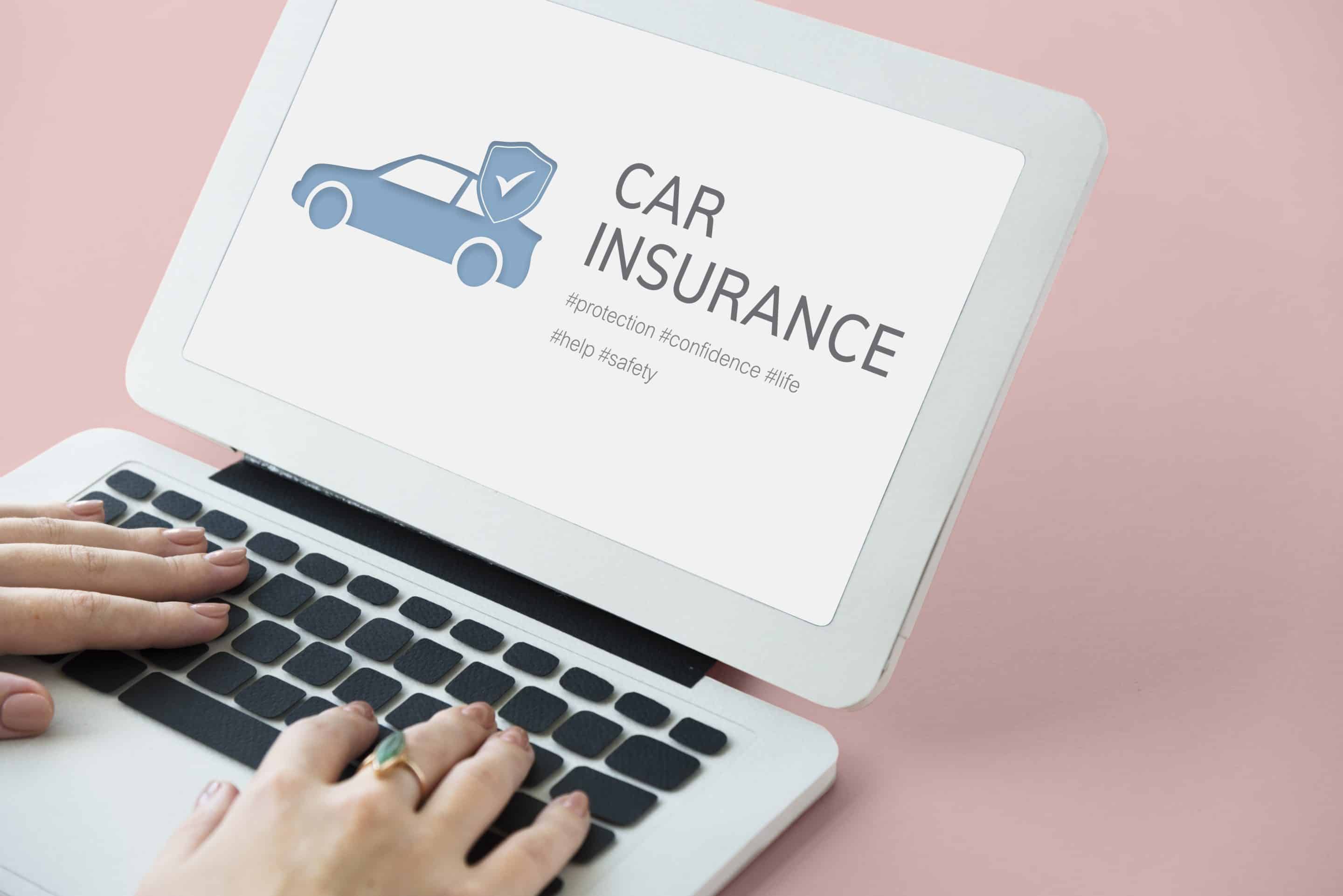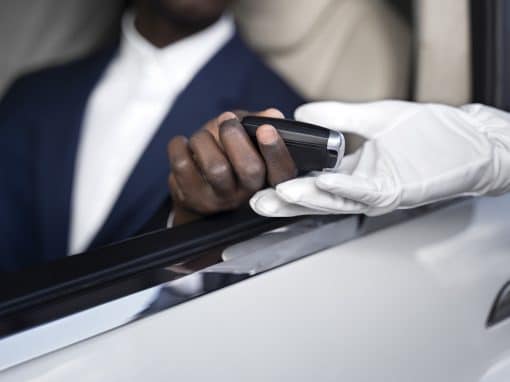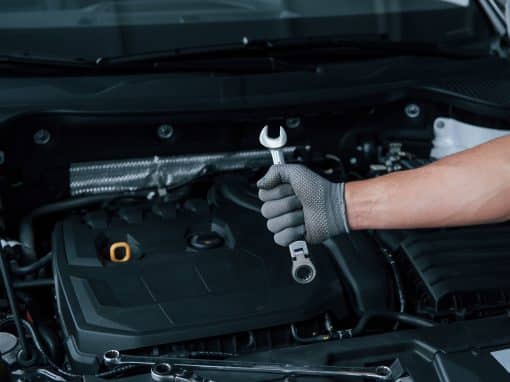When you take out car insurance in South Africa, one of the most important choices that you will need to make is how your insurer values your car. More to the point, which value your insurer chooses to assign to your car, which they will then insure it for. The two most common options up for grabs are retail value and agreed value. On the surface, it might not sound like a big deal which option you go for but in fact, choosing the right one can make a major difference when it comes to your premiums, your claim payout, and your overall peace of mind.
Contents
To that end, let us unpack the difference, look at the pros and cons, and work through a few examples so you can make an informed choice.
The Reality Of Retail Value
Essentially, retail value is the amount that your car would reasonably sell for on the used car market at the time of a claim. The retail value of your car is based on its current book value, which is published by motoring industry guides. Additionally, when using the retail value, insurance companies then adjust the retail value using your car’s condition, mileage, and demand.
In other words, retail value reflects what a buyer would pay if they were purchasing your car from a dealership today.
The pros of retail value cover:
- This value generally results in lower monthly premiums.
- Your payout reflects the realistic resale price of the car.
- This option is ideal for most standard vehicles with no major modifications.
The cons of retail value cover:
- Your payout might feel disappointing if you have recently bought the car or if you owe more on your finance than the car’s retail value.
- This value does not account for sentimental or collector’s value.
Let’s Assess The Agreed Value
The agreed value of a vehicle is exactly what it sounds like. Simply, it is when you and your insurer set a specific amount that the car will be insured for, regardless of the market fluctuations. If you are wondering when you would ever go for this option, we can advise that it is typically used for older cars, classic vehicles, or cars that have been heavily modified.
For example, if you have spent years restoring a vintage car or adding performance upgrades, the retail value in the book will not come close to reflecting what the car is actually worth to you. In that case, you and your insurer agree on a set figure, supported by valuations, invoices, or appraisals.
The pros of agreed value cover:
- This protects the true worth of unique or collectible cars.
- It provides certainty about your payout in the event of a total loss.
- You gain peace of mind if you have invested heavily in modifications.
The cons of agreed value cover:
- The premiums are usually higher than retail value.
- You will need to provide proof (valuations, receipts, photos) and regular updates as values can change over time.
- Agreed value is not available for every car or every insurer.
A Few Practical Examples
1. A standard hatchback bought on finance.
If you drive a three-year-old Polo Vivo or similar, then the retail value option usually makes the most sense. Your premiums will be affordable, and the payout will match the going resale rate. What we would say, though, is that you should be mindful that if you owe more on your finance than the car’s retail value, you may want to add credit shortfall cover.
2. A classic car you’ve restored.
Let’s say that you have put R150,000 into restoring a 1976 Mercedes-Benz. Now, the retail value might only be listed at R40,000 – but that figure is nowhere near your investment. This is where agreed value cover comes in, ensuring that you will be compensated for the amount you and your insurer have set.
3. A car with expensive modifications.
If you have installed high-end rims, a custom sound system, or performance upgrades, these may not be reflected in the retail value. With agreed value, you can account for these extras… provided you have the right paperwork.
Which One Is Right for You?
For the majority of South African drivers, retail value is the default and most practical choice. It keeps premiums manageable and provides a fair payout if something happens to your car. But if you drive something rare, modified, or sentimental, agreed value could be worth the extra cost.
Our advice is for you to make sure that you review your policy regularly, especially if your circumstances or your car’s condition change. Whatever you do, however, just don’t forget that insurance add-ons, like credit shortfall cover, can help bridge the gap between finance owed and the retail payout.
Feeling Informed about Car Insurance?
Topics like car insurance can feel technical, but it really comes down to this: Do you want cover based on what your car is worth on the open market, or what it’s truly worth to you? Once you know the difference, you can pick the option that matches your needs and protects your pocket.
Don’t forget that you have access to seven leading car insurance quotes through the AA Insurance Supermarket. Through these seven insurers, you have the power to select a competitive car policy that suits your needs based on price, benefits, and personal preference.
Compare car insurance quotes here.







0 Comments